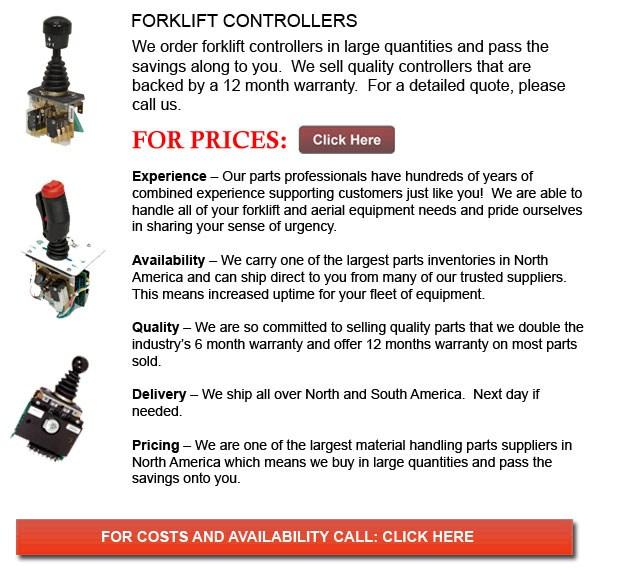
Forklift Controller - Forklifts are accessible in various load capacities and several units. Most lift trucks in a regular warehouse surroundings have load capacities between one to five tons. Bigger scale models are utilized for heavier loads, such as loading shipping containers, can have up to fifty tons lift capacity.
The operator could use a control so as to raise and lower the tines, that are also called "forks or tines." The operator can also tilt the mast to be able to compensate for a heavy load's propensity to angle the blades downward to the ground. Tilt provides an ability to work on bumpy surface as well. There are annual competitions intended for skilled forklift operators to compete in timed challenges and obstacle courses at local lift truck rodeo events.
All forklifts are rated for safety. There is a particular load maximum and a specific forward center of gravity. This essential info is provided by the manufacturer and placed on the nameplate. It is essential loads do not go over these details. It is against the law in many jurisdictions to tamper with or remove the nameplate without getting permission from the forklift maker.
Most lift trucks have rear-wheel steering in order to increase maneuverability. This is specifically helpful within confined areas and tight cornering areas. This type of steering varies rather a little from a driver's first experience with different motor vehicles. Because there is no caster action while steering, it is no required to use steering force to be able to maintain a continuous rate of turn.
Another unique characteristic common with lift truck use is instability. A constant change in center of gravity occurs between the load and the lift truck and they need to be considered a unit during use. A forklift with a raised load has gravitational and centrifugal forces which can converge to bring about a disastrous tipping accident. So as to avoid this possibility, a forklift must never negotiate a turn at speed with its load elevated.
Lift trucks are carefully made with a certain load limit meant for the forks with the limit decreasing with undercutting of the load. This means that the cargo does not butt against the fork "L" and would decrease with the elevation of the blade. Generally, a loading plate to consult for loading reference is situated on the forklift. It is unsafe to make use of a forklift as a personnel lift without first fitting it with specific safety devices like for example a "cage" or "cherry picker."
Lift truck use in distribution centers and warehouses
Essential for any distribution center or warehouse, the forklift has to have a safe setting in which to accommodate their safe and efficient movement. With Drive-In/Drive-Thru Racking, a lift truck has to travel inside a storage bay which is many pallet positions deep to set down or take a pallet. Operators are normally guided into the bay through rails on the floor and the pallet is located on cantilevered arms or rails. These confined manoeuvres need expert operators in order to carry out the task efficiently and safely. In view of the fact that each and every pallet requires the truck to enter the storage structure, damage done here is more common than with other kinds of storage. If designing a drive-in system, considering the size of the fork truck, together with overall width and mast width, should be well thought out in order to be sure all aspects of an effective and safe storage facility.
![]() Click to Download the pdf
Click to Download the pdf
Forklift Parts
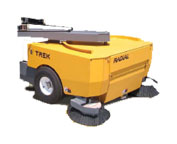
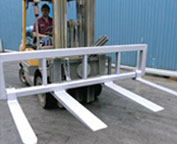
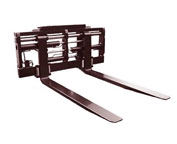
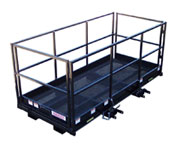
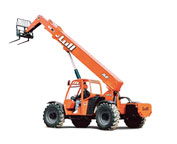

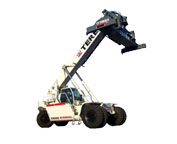
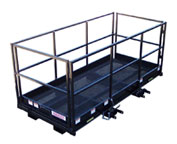
Lift Parts Express
TOLL FREE: 1-888-695-7994
Kamloops, British Columbia
forkliftpartskamloops.ca
Email Us
About Us


